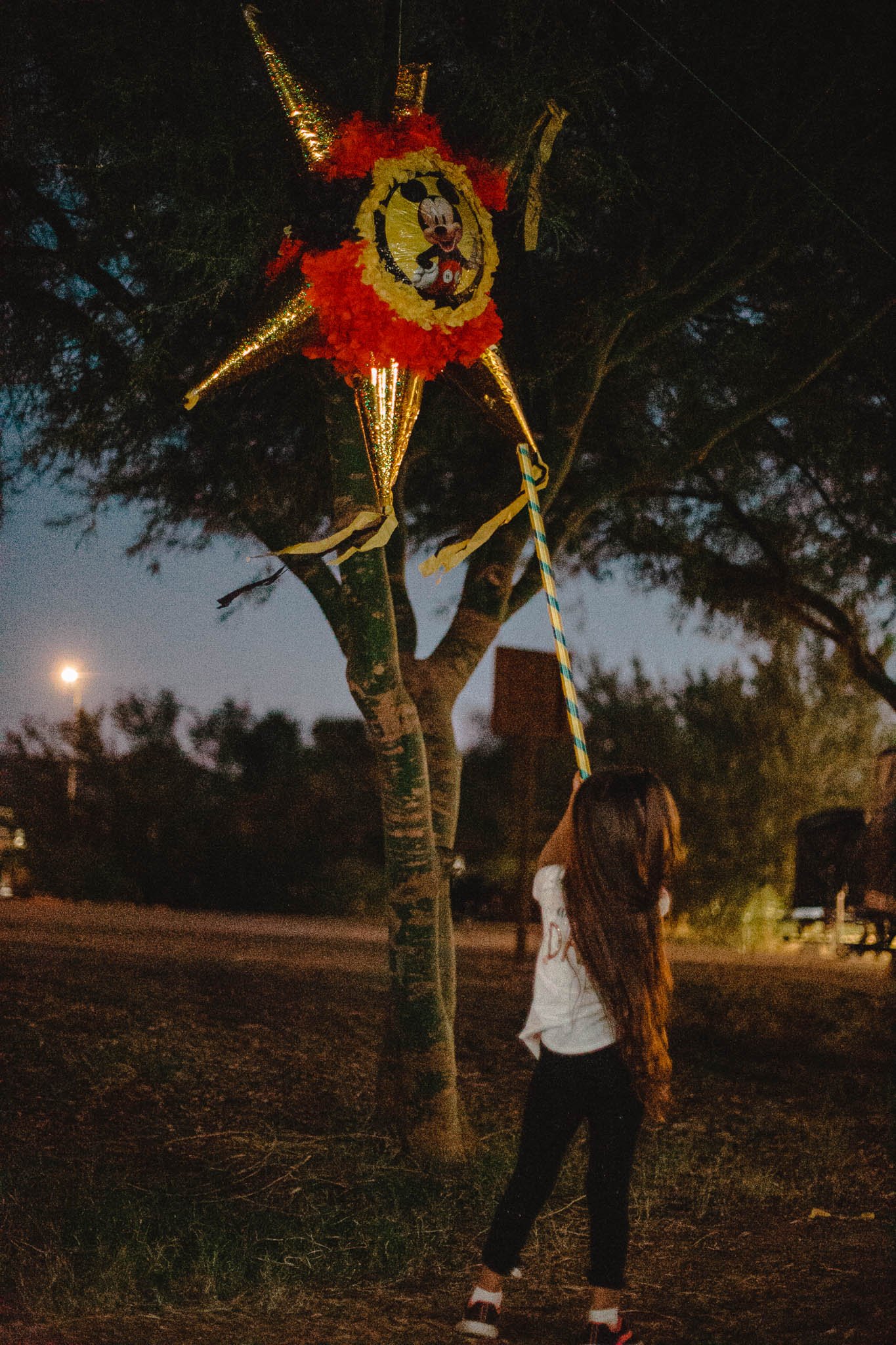A message from our comadre & Co-Founder Maria del Carmen.
Dec 12th is a popular day in Mexican culture as a day to honor the Virgen de Guadalupe. An image that comes with many names, representing mixed emotions of colonization, catholicism, culture, sadness and pride.
As the daughter of Maria Cristina Martinez, Acolhua from Texcoco Mexico, we grew up seeing her image (a 6 foot tall framed image) on the daily. As children, attending Catholic mass in Barrio Garfield, knowing who she was, taught to pray above anything else. My early detachment from the Catholic church (I knew at about 8 years old that it wasn’t my way) had me asking many questions and according to my parents “rebelling”.
As years went on, attending ceremonies among our community of the danza, beautiful memories of sacred mountains and the desert, we grew to love this day as a day to connect with the land, acknowledge our animal and plant relatives that sustain us. Sitting up with a fire going all night listening to sacred songs, languages known and unknown and being thankful to Tonantzin, our mother and giver of all that nourishes us. Learning the disciplina, discipline of what it is to be a ceremonial person. Learning to mess up and that at the end of the day, we give thanks to our mother. Danzas would be offered beautiful flowers, offerings of chocolate and candles to honor her. Sacred copal sending our prayers up to the ancestors and thanking her…. Always thank her for our lives.
Over the years, I began seeing Tonantzin for who she also represents, her origins name of Coatlaxopeauh, Coatlicue, Cihuacoatl…. A representation of serpents that crawl on land, the holder of life and also death. The female serpent, the serpent skirt… These names describe the image of a very old, ancestral symbol that was the true representation of mother earth. Catholicism and colonization changed her image to what we now see of the Virgen de Guadalupe.
Understanding that our story in Mexico, especially for the Tenochca or those that evolved around Lake Texcoco, has so many layers to it - from the academic lens, to the archeological lens, to the healing and ceremony lens… it’s complicated! Yes, we have been angry. Yes, we have actively fought against the systems and denounce them but I have chosen to heal. Teach my children our culture, acknowledge their lineage and how to heal from our traumas.
We know what Catholicism did, we know what colonization did and has continued to do, but what I do know is that my mami prayed to her nonetheless. She had faith in her and I had faith in my mami. Our elders prayed and continue to pray to her and she represents the battles, the victories, the sadness, messiness of life and the beauty we want our children to see.
Tonantzin tlalli, Coatlicue, Alcolhuaque, Maria Cristina Martinez… Tlazohcamati Huei
-Maria Del Carmen Parra Cano




















































































